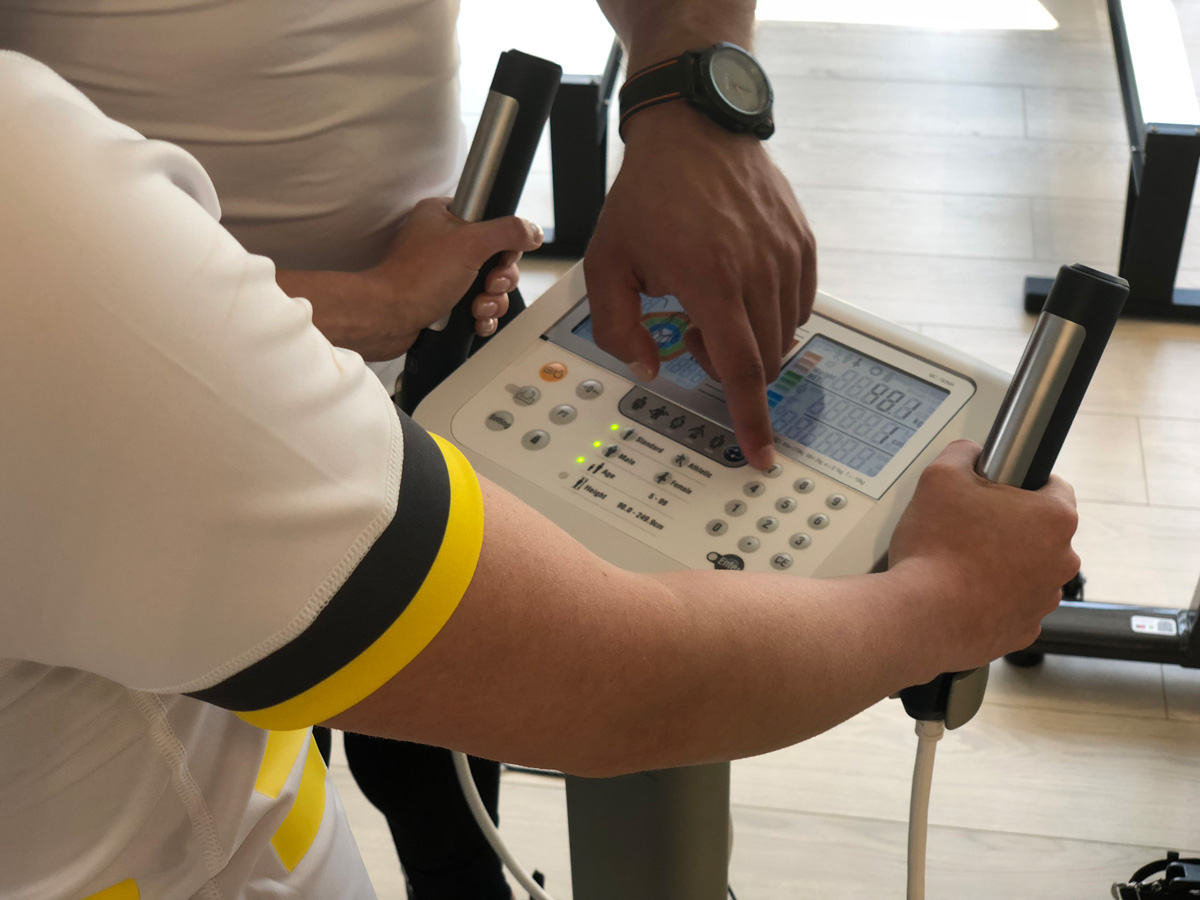Obesity is an increasing problem in the world and it can be easily described as an epidemic. The main reason for the increasing weight is the excessive supply of calories in relation to declining energy expenses. Too large body weight is not only a visual cosmetic problem, but it is also a significant health risk. This situation occurs not only in adults, but also in children, reproducing parents' eating patterns. However, it is worth considering what factors influence the scale of the problem.
Obesity - classification
We classify obesity as a disease characterized by an increase in body weight over the accepted norm. In addition to the overweight epidemic, which results from excessive intake of calories, the epidemic of lack of movement follows it. It has been proven that excessive body weight increases the risk of many diseases, e.g. cardiovascular system, type II diabetes, some types of cancer, arthritis and bones. The basic parameter used in determining the degree of obesity is BMI (Body Mass Index).
BMI = body mass (expressed in kg) / [height (expressed in m)²]

According to the WHO classification, people with BMI > 25 are overweight, and over 30 - obesity in grade I. We also distinguish second degree obesity (BMI 30-35) and third degree BMI > 35, called giant obesity. However, it should be taken into account that this index does not take into account body composition. Such measurement can be performed using a specialized weighing scale. It is based on the use of various electrical conductivities of fat and non-fat mass. The non-fat mass is characterized by more electrolytes and better conductivity than fat. The BMI index is fraught with errors in athletes, in which the weight may be higher, due to the prevailing amount of muscle mass. Also, the common situation, despite the normal body weight, the analysis of the composition indicates a high proportion of body fat and low muscle mass. Each measurement method is burdened with an error, but it can be a reference point, and also allows you to control the change of body composition during the course of treatment, training or weight loss. In practice, correctly performed BIA (Body Impedance Analysis) in combination with individual diet and appropriate exercises can be the basis for the prevention and treatment of obesity. If you are interested in making such a measurement, please contact our trainer at the Calypso club, who will perform and discuss the result of the analysis with you.
How has our energy demand changed over the years?
Obesity is observed from ancient times, but its causes and effects have changed over the centuries. In the past, people with excessive body mass were perceived as wealthy individuals living in abundance, and excess body fat was considered a manifestation of high material status. Currently, it is known that it is correlated with many health problems, as well as psychological problems. However, it is worth asking a question - what is the main reason for the increasing number of people suffering from obesity?

Certainly many of us have heard the stories of grandparents about how they went to school or work on foot, worked in the field, and spent most of their free time outdoors. Currently, it looks different, because we use cars and public transport, and at least 8 hours a day at work, we often spend at a desk. However, after returning home, time passes in front of the TV or with your head staring at the screen of your smartphone. The people who do physical work are in a better situation. The severity of the profession is classified on the basis of the energy expended. We burn the least calories in office work (1200-3500 kJ per working shift), while for heavier ones; we include works related to machine operation or assembly operations. The largest part of the population performs light occupations, which is related to the employment structure in developing countries. Due to the nature of the work, there is a problem with taking too many calories in relation to the energy demand. Of course, the next component affecting the differences in the amount needed to provide energy is activity outside the workplace, for example housework or spending free time.
Take care of physical activity to prevent obesity
In recent years, the level of physical activity has significantly decreased, while the sedentary lifestyle has increased. The parameter which is worth paying attention to is NEAT (non-exercise activity thermogenesis). This variable defines energy expenses that arise during everyday activities - not including sleeping, eating and planned physical exercises. Factors that affect NEAT are divided into biological: weight, sex and body composition, as well as environmental factors: occupation or place of residence. According to WHO, during the day at least 10,000 steps should be taken to maintain health, which translates to an average of 7 km traveled on legs. Of course, NEAT is built not only by walking, but also other activities during the day, e.g. washing windows / washing the floors / vacuuming burns about 250 kcal / 1 h. Of course, it is worth planning physical activity in our lives, e.g. gym or swimming pool. However, in most cases, regular, voluntary exercise is limited in time and only takes 1-2 hours of the day usually without moving. The dependence can be presented on the example of a person training 3 times a week, eg running around 5 km. In addition, he spends 8 hours working in a sitting position behind the desk and commutes everywhere by car. The energy demand of this person will not be so high, even though it performs the planned activity. Comparing it, for example, to a postman who walks about 20 km per day on foot or to a manual worker - they burn definitely more calories. NEAT of these people will significantly exceed the NEAT of an office worker, although they do not generate calories from scheduled workouts. It is worth combining the planned physical activity with the daily habit of being "in motion". Activities aimed at increasing NEAT can be a great support in slimming therapy, planned trainings and significantly improve health parameters. In addition, it may be additional mobilization for movement, especially in the elderly, with high obesity, for which exercising in public places is a barrier difficult to overcome. It's also worth to increase your mobility by using applications and watches to monitor daily activities.
What are the other factors that matter?

Many environmental factors also affect the development of obesity, which is a constant area of interest for researchers. In recent years, dietary patterns have changed the number of meals eaten outside the home, as well as the size of portions and dishes. It is logical that hunger and satiety are the dominant motivators for eating; however, many studies have shown that people often eat for other reasons, e.g. social. Food strengthens ties between people, and those around us influence our choices about nutrition. Of course, the next temptation not to facilitate the observance of the principles of healthy eating is the increasing palatability of food. The potential barrier is that sugar combined with fat strengthens the taste, which makes the dishes more desirable and hard to resist. With the development and greater availability of food, we eat a lot more calories than before. An additional aspect to pay attention to is increasing the portions of many fast foods and restaurants. It should also be remembered that our poor dietary choices are also influenced by factors such as long-term stress or lack of sleep.
Summary
Obesity is not only a matter of body aesthetics, but above all carries health consequences. With the development of civilization, we must learn to control our nutritional behavior. Awareness of external factors affecting how much we eat can effectively help manage our habits. It is worth taking care of an appropriate balanced diet and trying to be active not only in training, but also in everyday activities.





